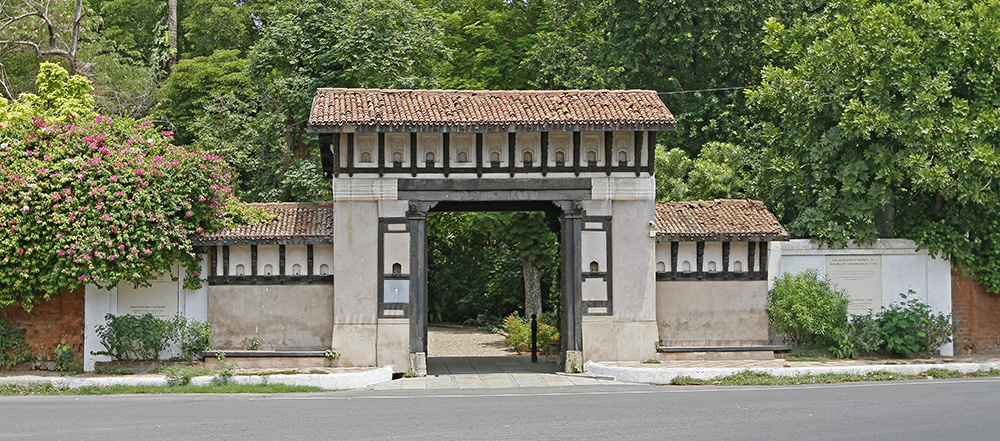

The Calico Museum of Textiles, located in Ahmedabad, Gujarat, is one of the most celebrated institutions dedicated to the collection, preservation, and interpretation of Indian textiles. Established in 1949 by the industrialist Gautam Sarabhai and his sister Gira Sarabhai, the museum has become a vital center for understanding the cultural and artistic heritage of Indian textiles.
The Calico Museum was initially housed at the Calico Mills, one of the foremost textile mills in the country. In 1983, to accommodate its growing collection, the museum was moved to the Sarabhai Foundation premises in the tranquil Shahibaug area. This move provided a more spacious and serene environment for the textiles, allowing them to be displayed more effectively and with better conservation measures.
The museum showcases an impressive collection of fabrics spanning five centuries, highlighting the skilled craftsmanship of Indian weavers and dyers. The historical significance of the museum and its collection lies in the diversity and quality of textiles, ranging from court textiles used by Mughal and provincial rulers, temple textiles, tribal and folk textiles, to fabrics that underline the trade links of India with the world.
For tourists, the Calico Museum of Textiles has been an attraction of great interest, known for its guided tours that offer detailed insights into the evolutionary history and intricacies of Indian textiles. Visitors are usually required to book their tours in advance, as the museum maintains a policy of small groups to ensure an effective educational experience.
Exhibits such as royal tents, costumes, antique carpets, and exquisite fabrics laden with gold and silver threads are among the attractions that draw textile enthusiasts, historians, designers, and tourists from across the world. The museum's library is also a significant resource for scholars and students.
With the rise of experiential tourism, the Calico Museum has adapted by providing more immersive experiences involving textile workshops and demonstrations by artisans. The focus on educational programs has been enhanced to attract young learners and to weave the narrative of India's rich textile heritage into the global fabric of cultural knowledge.
Sustainability and conservation have become increasingly important in recent years, and this is reflected in the museum's practices and education about the importance of preserving traditional techniques and supporting local craft communities.
The museum also aligns itself with the digital age by providing online resources, virtual tours, and digital exhibitions to reach a wider audience and cater to an international demographic that may not be able to visit in person.
The Calico Museum of Textiles remains a pinnacle of Ahmedabad's tourism offerings, giving visitors a profound glimpse into the art and history of Indian textiles. It celebrates the diversity and continuity of Indian culture, while simultaneously adapting to contemporary tourism trends and educational demands.
For any traveler interested in understanding India's cultural wealth, a visit to the Calico Museum of Textiles is a must. Its commitment to maintaining the highest standards of conservation and its role in telling the intricate story of Indian textiles is an invaluable part of not just Gujarat's, but India's tourism tapestry.